The formation and growth of atmospheric aerosol particles through nucleation represent one of the most complex yet pivotal processes in atmospheric science. These tiny particles, often just a few nanometers in diameter, play a critical role in cloud formation, climate regulation, and even human health. Understanding the mechanisms behind aerosol nucleation requires delving into the intricate interplay of chemistry, physics, and environmental conditions.
At its core, aerosol nucleation involves the transformation of gas-phase molecules into stable clusters that can grow into larger particles. This process is far from straightforward, as it depends on a delicate balance of factors such as temperature, humidity, and the presence of precursor gases. Sulfuric acid, ammonia, and organic compounds are among the most common participants in nucleation events. Their interactions, often facilitated by ions or other stabilizing agents, determine whether nascent clusters will survive long enough to become detectable aerosol particles.
Recent advances in experimental techniques and computational modeling have shed new light on the molecular-level dynamics of nucleation. High-resolution mass spectrometry, for instance, has allowed scientists to identify specific clusters involved in the earliest stages of particle formation. These breakthroughs challenge earlier assumptions that nucleation could be explained by simple binary or ternary systems. Instead, evidence points to a more nuanced scenario where multiple compounds cooperate or compete to drive nucleation under varying atmospheric conditions.
The role of ions in aerosol nucleation has been a subject of particular interest and debate. Cosmic rays and natural radioactivity constantly produce ions in the atmosphere, which can act as nucleation sites by reducing the energy barrier for cluster formation. This ion-induced mechanism may explain certain nucleation events observed in clean environments, though its relative importance compared to neutral pathways remains an active area of research. Field measurements in diverse locations—from pristine forests to polluted urban areas—continue to reveal how local conditions shape the dominant nucleation mechanisms.
Organic compounds add another layer of complexity to aerosol nucleation. Biogenic emissions from vegetation, for example, release vast quantities of volatile organic compounds that can participate in particle formation. These organics often form secondary products through oxidation reactions, creating compounds with lower volatility that are more likely to condense onto growing clusters. The sheer diversity of organic molecules in the atmosphere means that nucleation rarely follows a single, predictable pathway but rather emerges from the collective behavior of countless molecular interactions.
As research progresses, scientists are increasingly recognizing the importance of kinetic factors in nucleation. The traditional focus on thermodynamic stability is giving way to a more dynamic perspective that accounts for how quickly clusters form, grow, or evaporate. This shift in thinking has profound implications for modeling aerosol formation in different environments, as the relative rates of competing processes often determine whether nucleation will occur at all. Advanced models now incorporate these kinetic considerations, leading to more accurate predictions of particle formation rates across various atmospheric conditions.
The practical implications of understanding aerosol nucleation are immense. Climate models rely on accurate representations of aerosol processes to predict how particle populations will respond to changing emissions and climate patterns. Furthermore, efforts to improve air quality must account for nucleation as a source of ultrafine particles that can penetrate deep into human lungs. As anthropogenic activities continue to alter the chemical composition of the atmosphere, unraveling the complexities of aerosol nucleation becomes not just an academic pursuit but a necessity for addressing pressing environmental and health challenges.
Looking ahead, the field is moving toward more integrated approaches that combine laboratory experiments, field observations, and modeling across multiple scales. New instruments capable of detecting smaller clusters and tracking their evolution in real time promise to fill critical gaps in our understanding. Meanwhile, interdisciplinary collaborations are helping to bridge the gap between fundamental molecular-scale studies and the macro-scale behavior of aerosol populations in the atmosphere. These developments suggest that future breakthroughs in aerosol nucleation research will come not from isolated discoveries but from synthesizing knowledge across traditionally separate domains of atmospheric science.
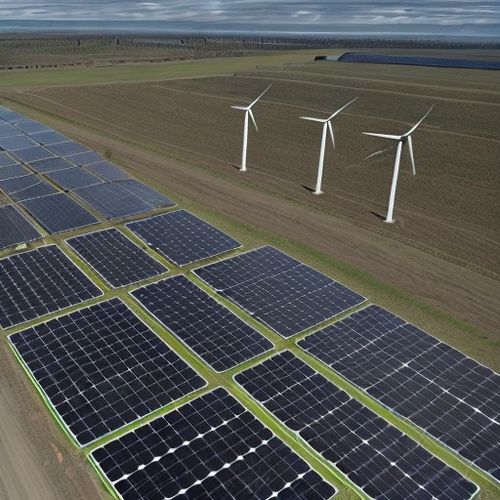
By Megan Clark/Apr 19, 2025

By Thomas Roberts/Apr 19, 2025

By Thomas Roberts/Apr 19, 2025

By Emily Johnson/Apr 19, 2025

By Samuel Cooper/Apr 19, 2025

By Samuel Cooper/Apr 19, 2025

By George Bailey/Apr 19, 2025

By Joshua Howard/Apr 19, 2025

By William Miller/Apr 19, 2025
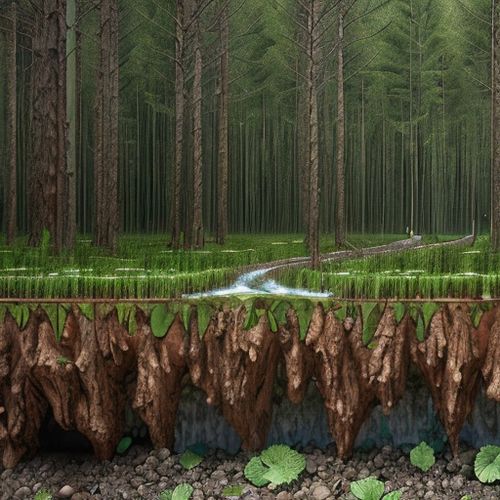
By Emily Johnson/Apr 19, 2025
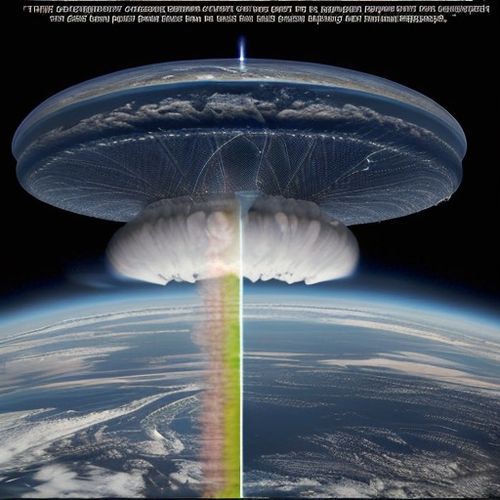
By William Miller/Apr 19, 2025

By James Moore/Apr 19, 2025
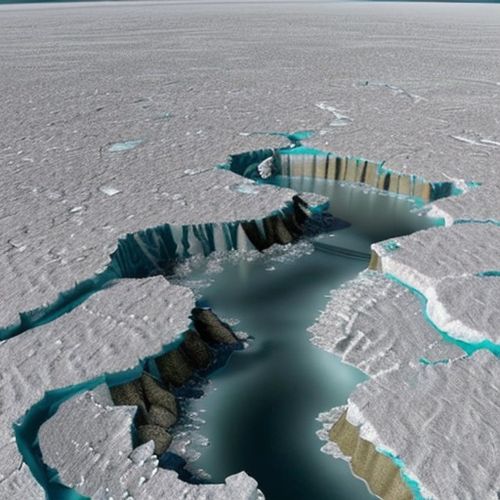
By Joshua Howard/Apr 19, 2025
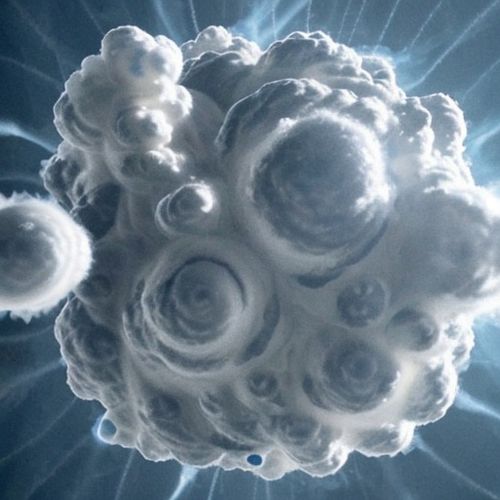
By William Miller/Apr 19, 2025
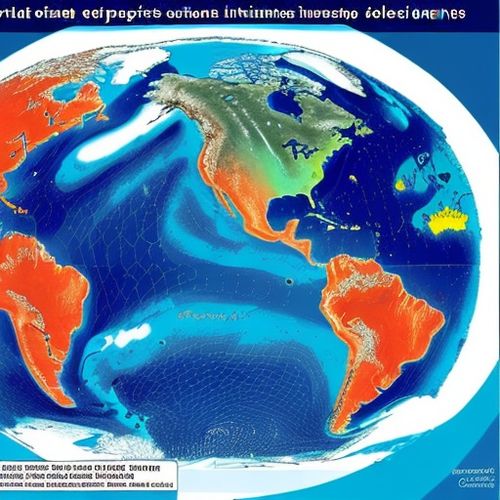
By James Moore/Apr 19, 2025

By Elizabeth Taylor/Apr 19, 2025
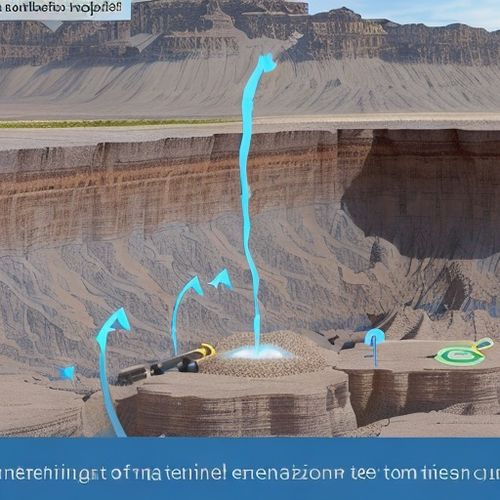
By Grace Cox/Apr 19, 2025
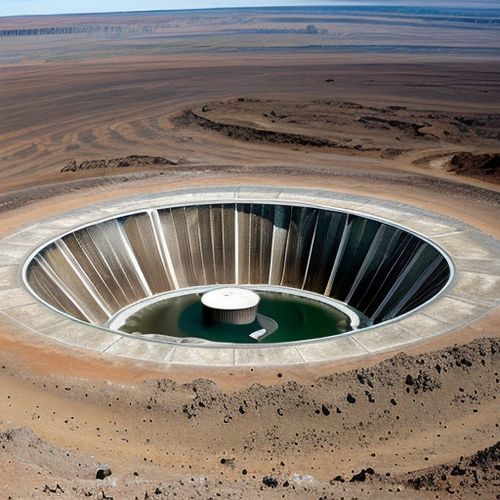
By Grace Cox/Apr 19, 2025
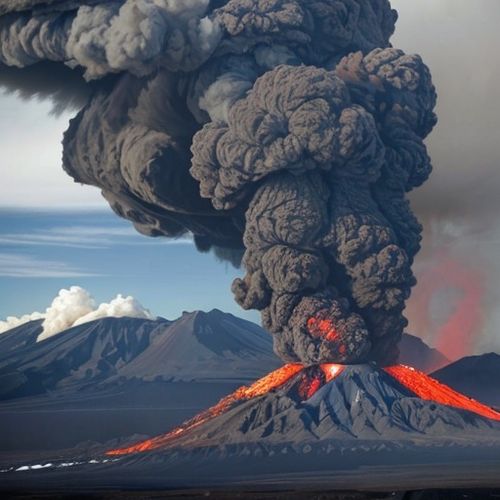
By Joshua Howard/Apr 19, 2025

By David Anderson/Apr 19, 2025